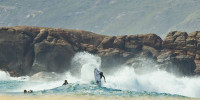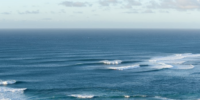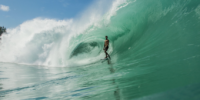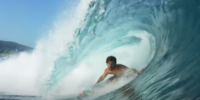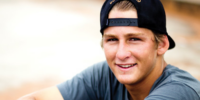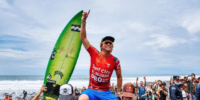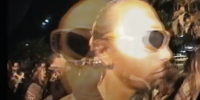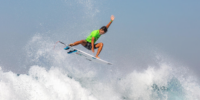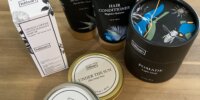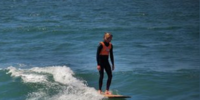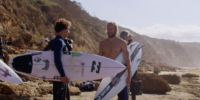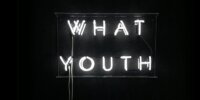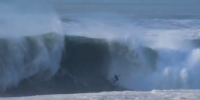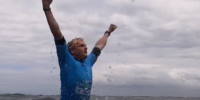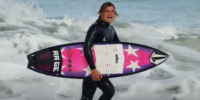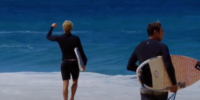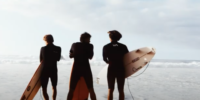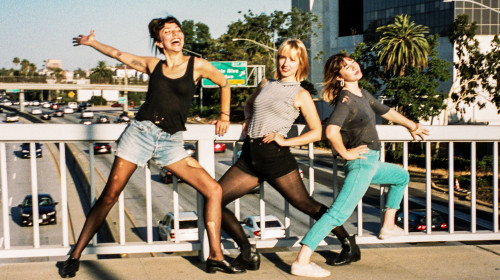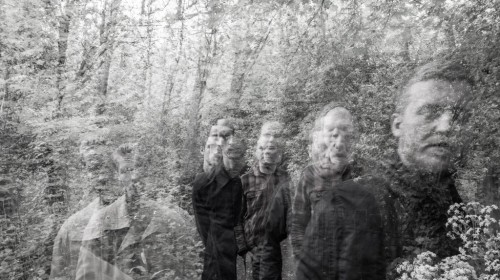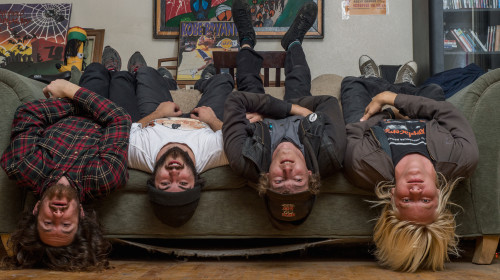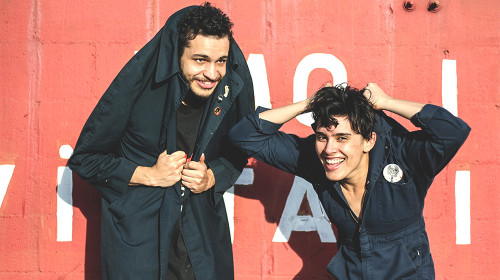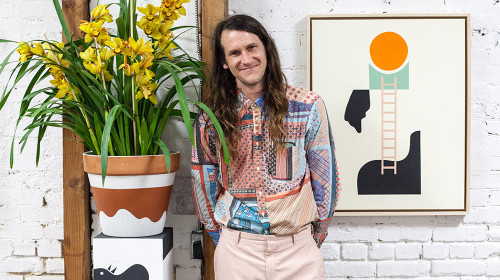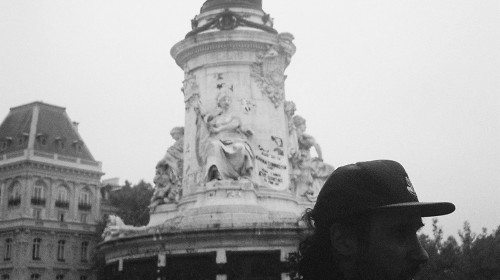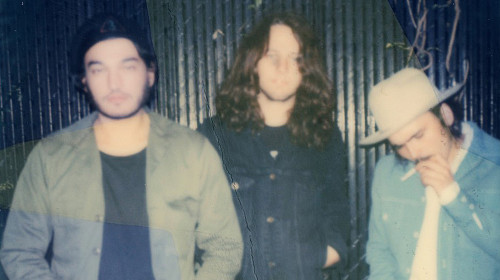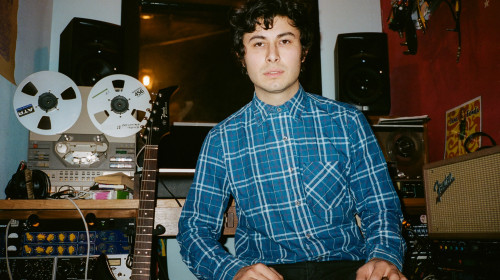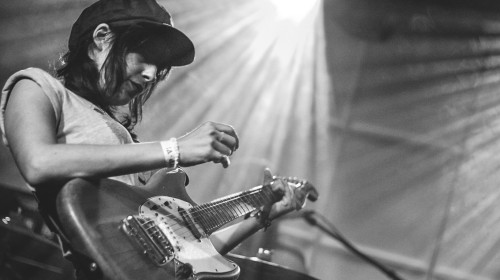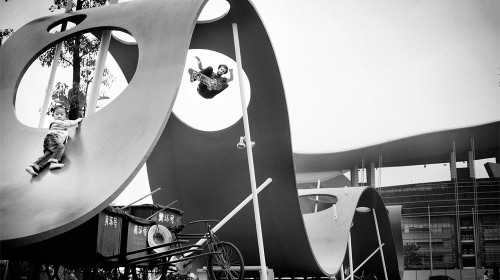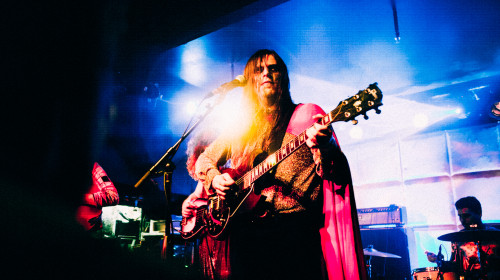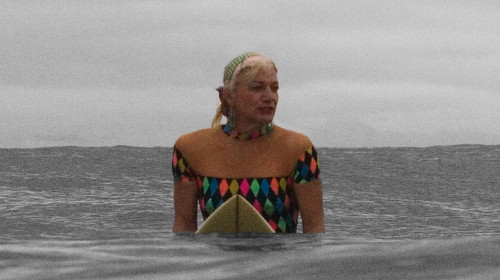He’s shot everyone. From Jenna Jameson to George Clooney to Lemmy from Motorhead. But what truly interested us about Frank Ockenfels (FWO3) was his process. Because photography seems to be in a bit of a transitional predicament. As more and more people gain access to and are inundated with imagery on phones and computers, the art of the process is fading to very black. But Frank is truly different. From his subjects, to his process, to his theory, every aspect is filled with integrity and creativity, even though the world around him continues to shoot their food in poor light. He taught us lots, and a lot of new ways to really screw up our photographs for the better.
WHAT YOUTH: ARE YOU SICK OF TALKING ABOUT PHOTOGRAPHY YET?
FRANK OCKENFELS: I like talking about photography. I feel like I’ve gotten to a point in my life where people are asking the right questions. I find it tremendously boring to be a celebrity photographer and having to talk about it. They’ll say to you, “Oh, you shot so and so!” but for me it’s about the photography.
PEOPLE LOVE THEIR CELEBRITIES.
I like when someone wants to talk about the photograph and the ideas. Granted, I understand, there are going to be some things that come into play with that, where they’re going to ask you questions like, “What was it like to do Breaking Bad?” or “What was it like to shoot David Bowie?” But it’s funny with each one of those, there’s a process to it, there’s a reason why I got chosen to do it, and it’s usually because of what I wanted to do, and my aesthetic and how I approached it.
YOU OBVIOUSLY KNOW THE CAMERA WELL, HOW DO YOU CONTINUE FINDING NEW WAYS OF USING THEM?
I used to go to the flea market on the weekend when I lived in New York City and buy crappy cameras that I knew I could just jam film into and make work. I wouldn’t even test them until a job came up and I’d just go shoot with them. I love what came out of it. It would be the happy accident of what it might be. I liked that. I think knowing anything too much is disastrous. I’m of the firm belief that when you go do someone’s portrait, it’s best to know as little about them as possible, because it’s really about my moment with you when you walk up, you know everything about me when we’re talking, but you might have had a preconceived idea about how you wanted to approach this, and then you show up and all of a sudden everything is different. Like this office is probably very different than you expected.
YEAH, I DIDN’T EXPECT IT TO LOOK LIKE THIS.
You’d expect something maybe a little more grand or something else that would go with who I’m supposed to be, and the joke is that’s 90 percent of the time you get hired to go take pictures, is that you have this preconceived idea. Especially how I took pictures, I didn’t come with concepts and ideas, and think: “This is how I perceive you and will illustrate you.” I actually love showing up and saying, “In this moment, what is it that we are going to do together?”
THAT’S MUCH MORE AUTHENTIC.
Even time is too much. I think people spend too much time. You can spend a whole day taking someone’s picture, but if there’s a moment where you have like a solid 15 to 20 minutes with someone, that’s the best they’re going to be. Because most people don’t like being photographed. If you can get that first couple minutes where you break down that moment with them and just take the picture, that’s the way, because after that it just becomes ego anyway, and you see someone posing.
DO YOU PREFER SHOOTING BY YOURSELF?
If I’m sitting around taking your picture, and someone’s over here with a card, or someone’s walking behind me or someone’s reaching in and messing with your hair, or there’s a shine on your forehead, or the jacket’s not right, or the shirts not buttoned up and perfect…that, to me, is distraction. And you keep losing that kind of connection with the person.
YEAH, THAT’S ANNOYING.
Rules are bullshit. There’s no place for rules in photography because it is an art form, and since art is purposely useless, which is a quote from Richard Serra, you’re only trying to create something no one’s ever seen. If you’re truly trying to take an image that you feel is a collaboration of two people, that to me would be more interesting. I mean, you’re sitting here right now, interviewing me, and there’s one light in this whole room and it comes through the window that’s across the room. I’m sitting here and this is what it is. I have to be sitting here, and you could have said to me “Sit in any place,” but you didn’t know there was going to be a gray wall behind me. But it’s a little gift, it’s a nice little piece of light, and when the cars go by the light shifts a bit. It’s kind of fun.
WHERE DID YOU LEARN THAT? ABOUT PHOTOGRAPHY NOT HAVING RULES AND BEING AN ART?
Failing a lot. I think I tried too much to be other people when I was younger. I think we all start like that in life. At the time that I started I was very much in the Annie Leibovitz days, and everyone wanted to be Annie, you know, and it was like the Rolling Stone Annie Leibovitz days. There was a sense of everything had to be propped, and everything had to be in the moment. And I had this knee-jerk reaction to it in the sense that I didn’t have the money or have the brain to kind of wrap myself around that. I kind of liked it more between being a street photographer (which I was not very good at) and enjoying when you see an abstract piece of light.
Living in New York City you’d walk through the streets at certain points, and these shafts of light would come out of nowhere, and the sun would hit off of the glass front of a building, and it could come screaming through the street, and you suddenly see it and it’s amazing. If you could just get someone to stand there for a second — because if you tried to create that — it wouldn’t happen. Even if you did and tried to recreate the picture, it wouldn’t be of the moment, of that time, and I think that was more interesting to me.
WHERE DID YOU REALIZE THAT IT’S ABOUT THE LIGHT, AND NOT YOUR EQUIPMENT OR RULES?
Going to see paintings is really an amazing way to study light because they truly do capture light, and they way they see light, and the way they use it to drive through the middle of a massive painting, is amazing. That and I think I just got really bored. I don’t sit still well; I don’t like to do something over and over. Even doing photography jobs where you’re setting a sound stage for two or three days, it feels like a job by the third day. Digital is hard because it’s there, someone sits behind you, and you shoot it, and it goes through a cable, and it goes up on a screen, and 12 people stare up at the monitor, and criticize every frame.
HOW DID YOU GET INTO SHOOTING MUSICIANS? IS THAT SOMETHING YOU PURSUED? Well, I love music. I think I realized that with my style. And I think I got lucky. I went to college with a girl named Jodi Peckman who is currently the photo editor of Rolling Stone. When she was a kid, she got a job at Rolling Stone. She hired me to do one of my first jobs and I really liked kind of running around doing portraits of these young musicians. They were just quarter-page pictures. I would grab somebody in the street and I would say, “Stand here for a second,” then I would do a light test, and then I would take pictures. I would love the whole randomness to it, and of course I always loved music so it was kind of the perfect thing for me.
JUST OUT OF CURIOSITY, ‘CAUSE I LOVE A LOT OF MUSICIANS THAT YOU’VE SHOT — LIKE THURSTON MOORE, IN NEW YORK CITY — IS THAT SOMETHING YOU SOUGHT OUT?
No, it was weird. I used to take music jobs, just because they were musicians, even though they were for magazines I didn’t like. I think New York Magazine was doing an article on him, it was very random, and they said, “Would like to photograph Thurston Moore?” and I was like, “Sure.” You know, pop stars are different, but real musicians like Thurston Moore, there’s more going on to him, and not about him standing there in the right suit, or the right tie, or doing the right thing, it’s about the music. Those guys are amazing to shoot. I used to say to Rolling Stone, I will shoot anybody in the front of your book. Here are the list of people who are really cool right now, and if you shoot them, I want to shoot them, and I’ll be happy ‘cause I just want to do it. But Thurston was amazing, he just came over and we did some portraits, then we went out into the street and wandered around for a bit.
SO AT THAT POINT WERE YOU FAMILIAR WITH SONIC YOUTH?
Oh yeah. I was a big Sonic Youth fan. Still am. I went and saw Pavement play for the very first show they got back together. It was about three years go, when they played Coachella. The last show they did was at the Hollywood Bowl with No Age which was amazing, just to see a band that young come out and play the Hollywood Bowl was unbelievable. Then Sonic Youth played, which was unbelievable, then Pavement played, which was very interesting to see a three-tier approach. I saw Sonic Youth open up, I was working a lot with R.E.M. and they invited me to a show in San Francisco. They opened up for R.E.M., and the idea of Sonic Youth opening up for R.E.M., though Michael Stipe would totally appreciate their aesthetic, their audience did not understand Sonic Youth. It was kind of a very funny thing, so I sat there at an outdoor venue outside of San Francisco watching a venue maybe a quarter full of people. It was heart-wrenching; these people didn’t understand what they were missing. They were missing amazing rock.
HOW HAVE YOU ADAPTED TO DIGITAL PHOTOGRAPHY?
I’ve adapted a lot of my digital cameras to not be so “digital.” I don’t know if that makes any sense. I’ve reattached lenses to the front of them, and I collect odd pieces of glass out of Europe and Asia that I just kind of stick on the front. It kind of changes it, so it’s not so perfect. I found this $30 piece of glass that was an old TV lens. I go to flea markets and I buy four or five lenses at a time. They can range from $20 to $40. If you walk away with four new lenses, and each one does something weird or different for $40 because someone’s dropped it in a pool, or it has this weird flaw in it, it’s OK. If it’s been dropped in a pool, you get it cheap, then you take it out and dry it off and see what happens with it, or you bang it around a bit, or take a screwdriver to the whole front element of it. That’s the whole point of photography: how much you can screw with it.
IT SEEMS A LOT OF THAT HAS BEEN LOST IN MODERN TIMES.
People of my generation are using iPhones, and saying it’s not a valid part of photography, but I think it’s tremendously valid. The old joke is the best camera you can have is the one in your hand — and it is. You still have to capture the light, you still have to capture the frame — even with all the crap you can layer with things like contrast and everything else. It’s no different than if I took a roll of film, and went to the lab, and they processed it, and then I decided to print it on a grade five paper, and made it really chunky black and white, it’s all the same, you still have to process the image. It’s exciting to see people being excited about taking pictures. As long as they don’t shoot their food, I’m happy to look at their pictures.—Interview by Michael Cukr.
*Be sure to grab What Youth Issue 9 for more of Frank’s photography and interview.

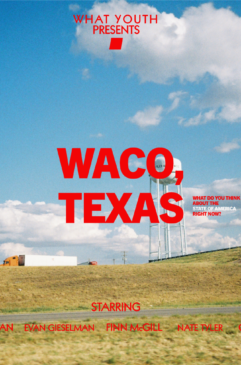
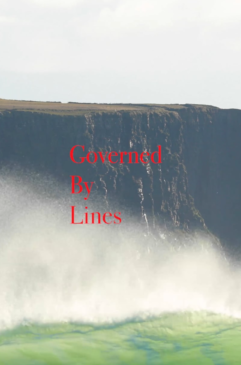
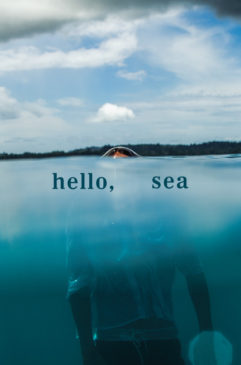
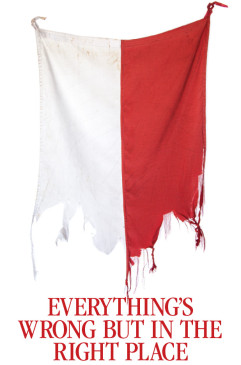
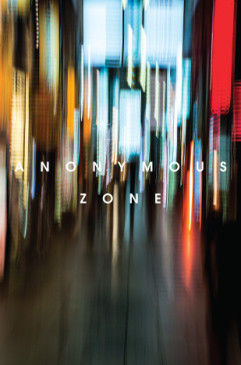
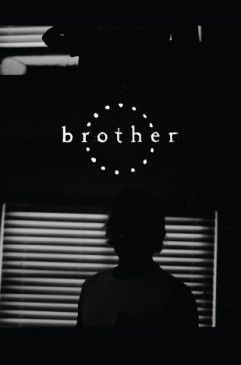
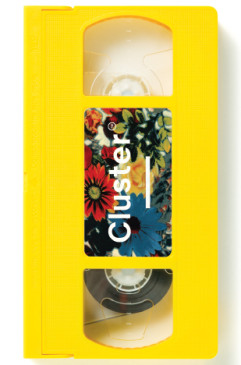
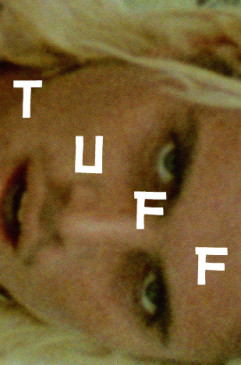
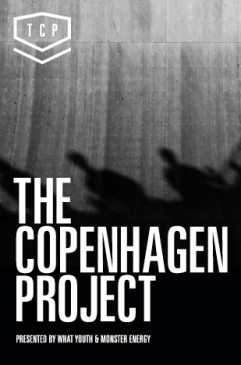
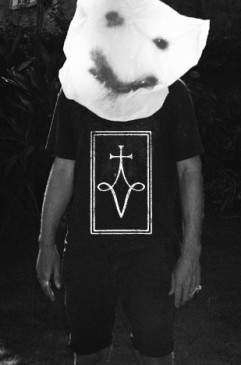
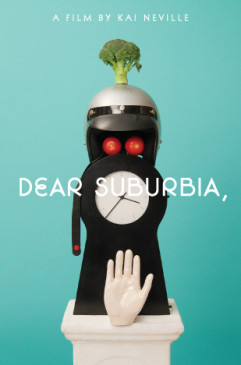
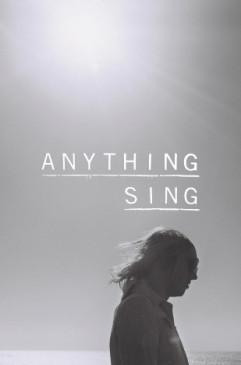


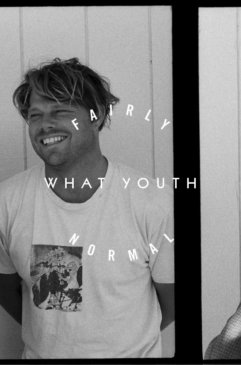
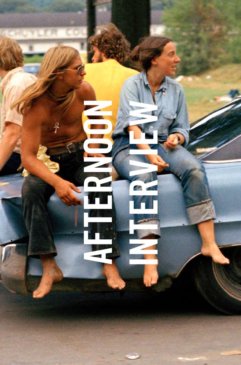
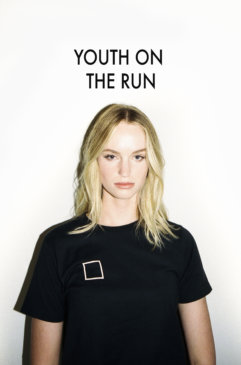
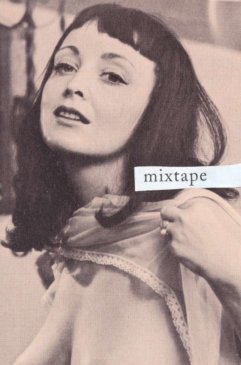
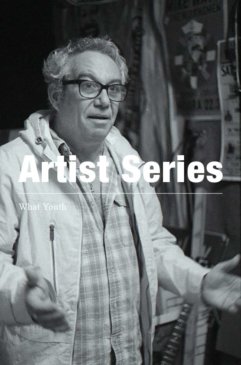
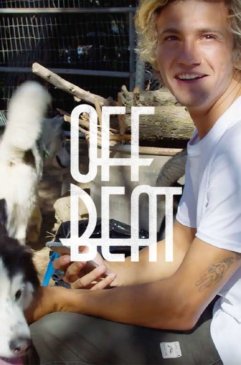
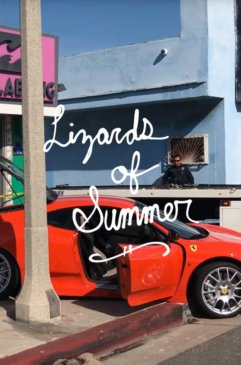
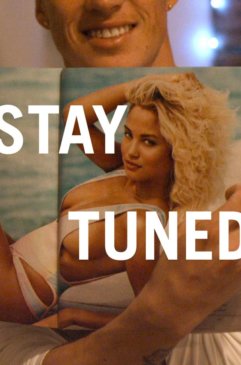
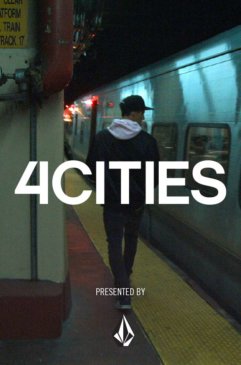
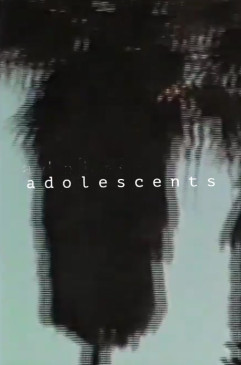
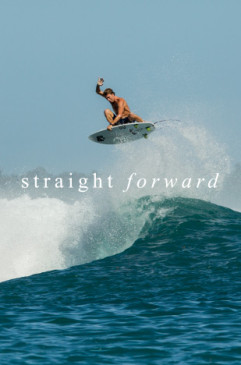
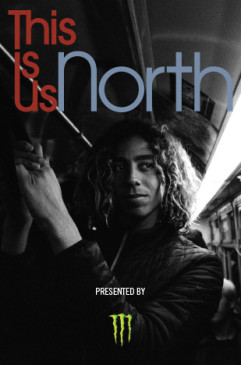
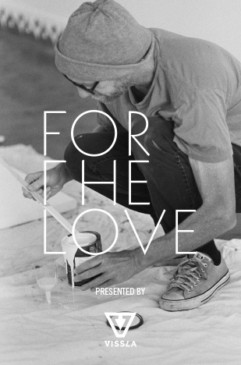
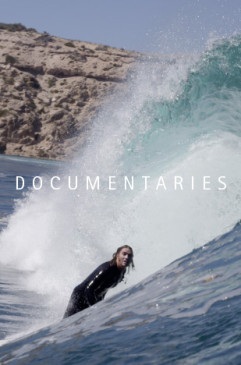
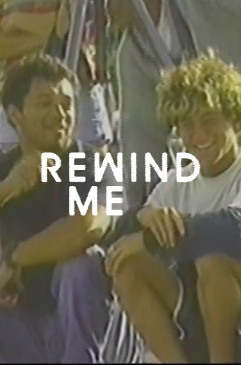
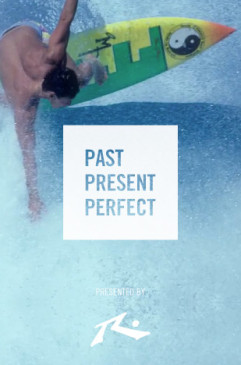
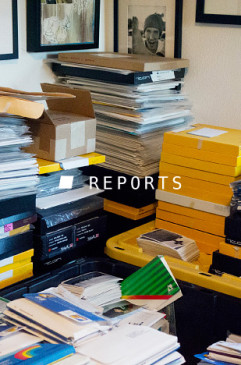
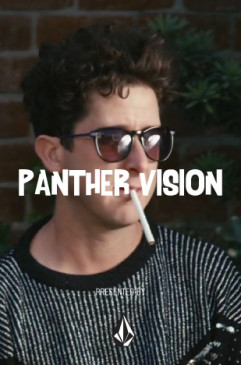
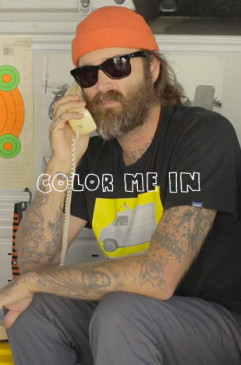
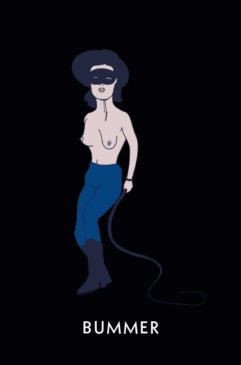
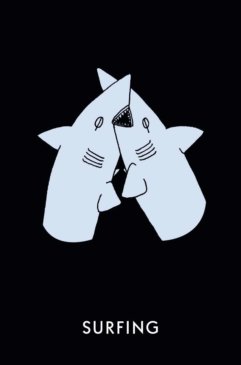
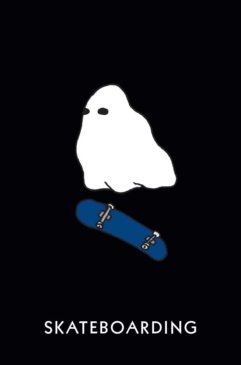
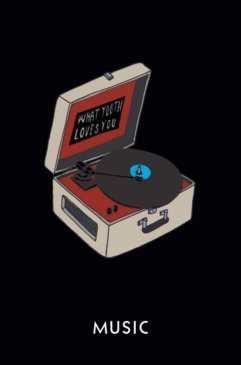
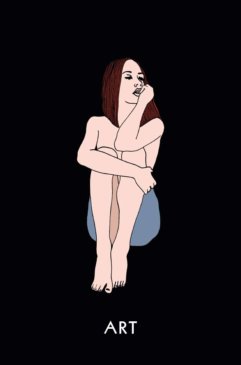
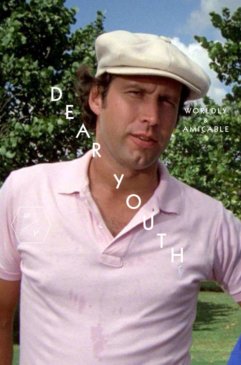
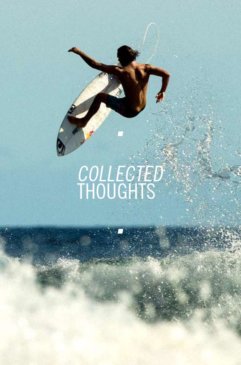


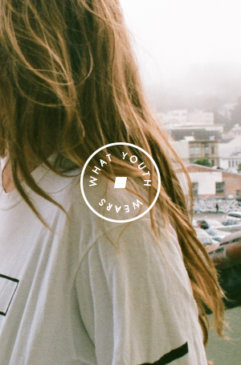

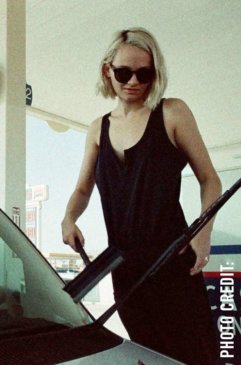


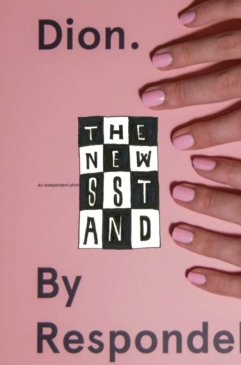
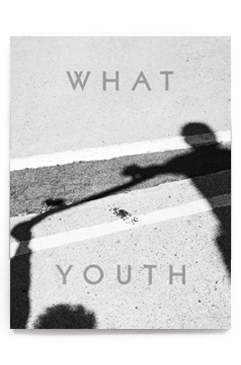
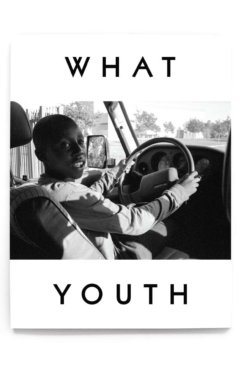
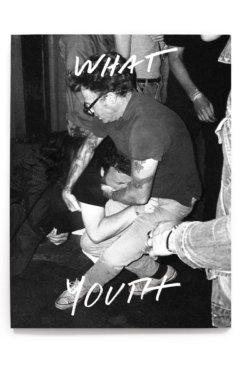
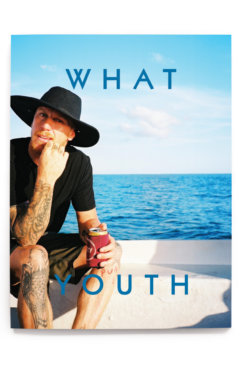
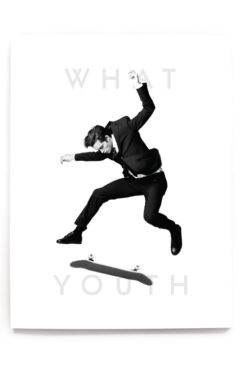
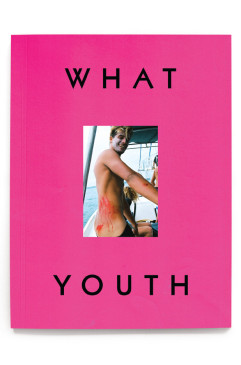
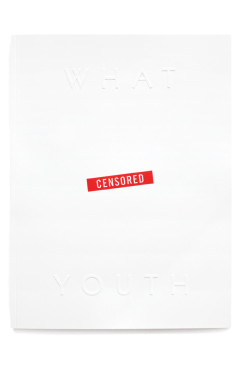
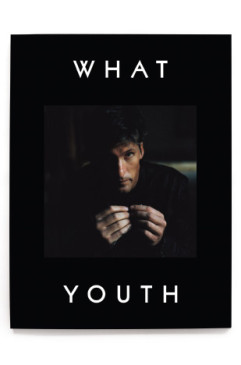
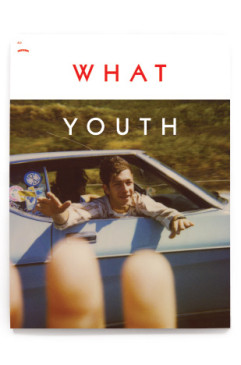
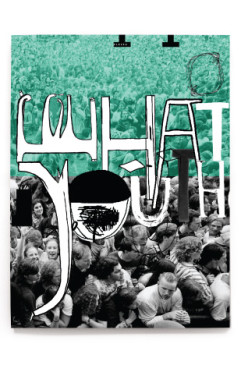
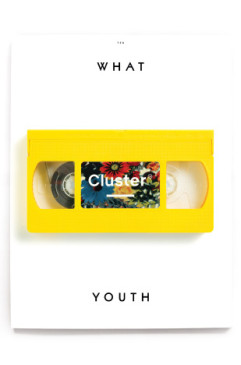
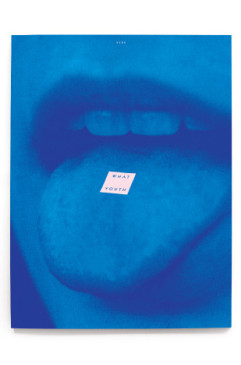
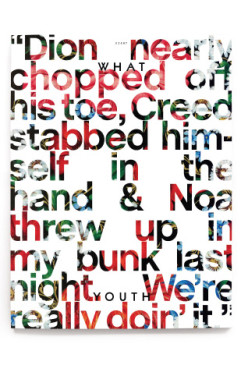
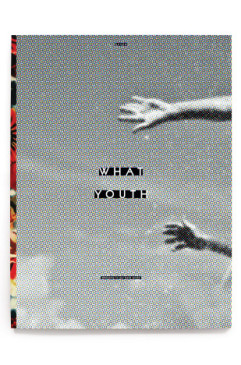
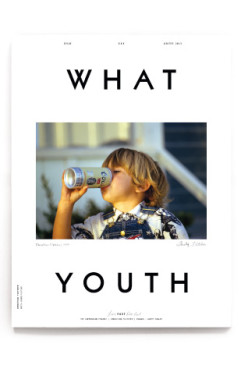
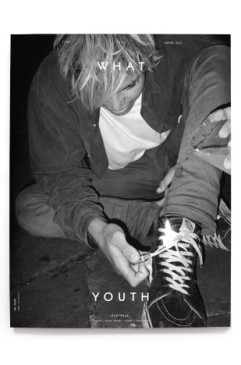
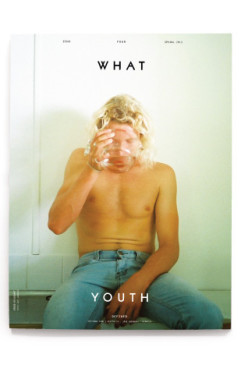
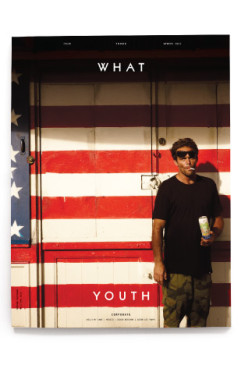
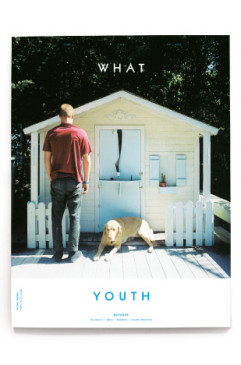
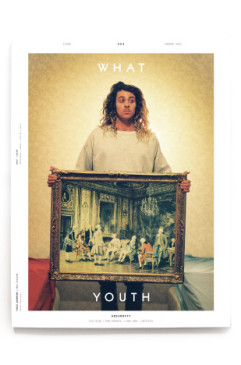
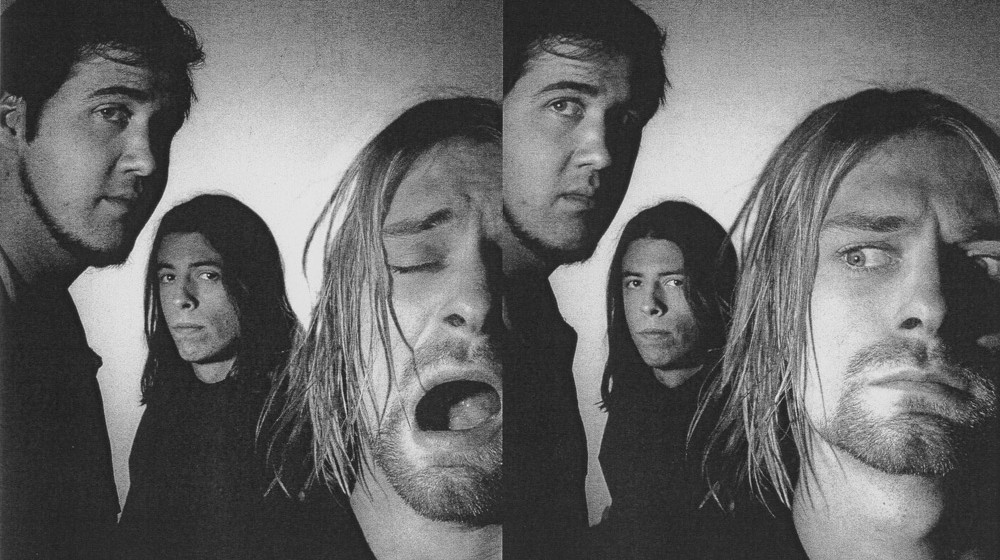
 NXT
NXT 

